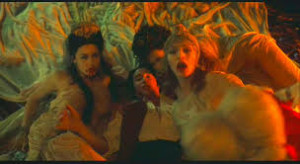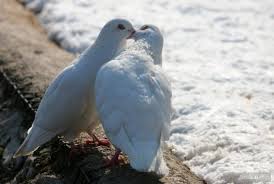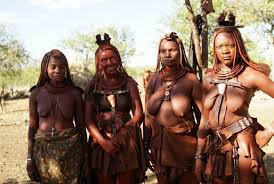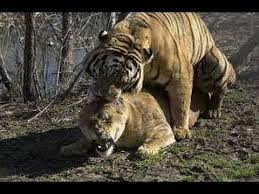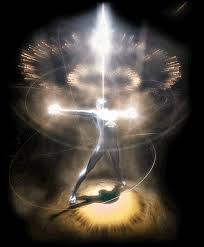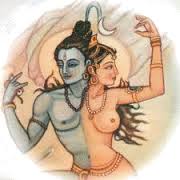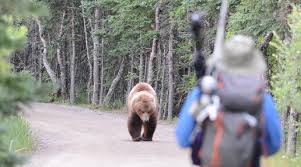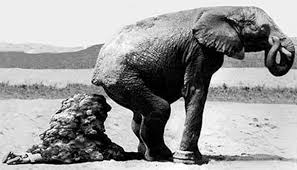The psyche’s own knowledge, or course, is far more expansive. Alterations of consciousness, or attempts on the part of the individual to explore the inner self, may then easily display glimpses of a kind of sexuality that can appear to be deviant or unnatural.
Even when social scientists or biologists explore human sexuality, they do so from the framework of sexuality as it appears in our world. There are quite natural sexual variations, even involving reproduction, that are not now apparent in human behavior in any culture. Be it with people looking for sex or for more direct relations, these variations appear in our world on only fairly microscopic levels, or in the behavior of other species than our own.

When racial conditions require it, it is quite possible for an individual to both father and mother a child. In such cases, what you would call complete spontaneous sexual reverse or transformation would occur. Such processes are quite possible at microscopic levels, and inherent in the cellular structure. Even in our world, currently speaking, some individuals known as women could father their own children.
Some individuals known as men could give birth to a child fathered by the same person — could. The abilities are there.

The male-female, female orientation is not nearly as separate as it appears to be in our present experience. It is not nearly as tied to psychological characteristics as we suppose. Nor is it inherently focused in the particular age period in which it now shows itself. Puberty arrives, so to speak, but the time of its arrival varies according to the needs of the species, its conditions and beliefs. We are an individual for life. We operate as a reproducing individual, generally speaking, for only a portions of the time.
During that period, many elements come into play and are meant to make the process attractive to the individuals involved, and to their tribes, societies, or civilizations. A relatively strong “Sexual” identification is important under those circumstances — but an over-identification with them, before or afterward, can lead to stereotyped behavior, in which the greater needs and abilities of the individual are not allowed fulfillment.

All of this becomes very complicated because of our value judgements, which oftentimes seem to lack, all natural common sense. We cannot separate biology from our own belief systems. The interplay is too vital. If each act of intercourse were meant to produce a child, we would have overrun the planet before we began. Sexual activity is therefore also meant as enjoyment, as an expression of pure exuberance. The sexual experience is found to be a right of passage, and attribute it to health. It is healthy to explore our sexual needs, both personally and with others. Personal sexual exploration is seen as empowering to some, a way of becoming enlightened within the self. The use of sexual toys and fantasies is seen as a healthy way of experiencing sex with the use of sex toys and sex-machines becoming popular. A woman will often feel her most sexually active in the midst of the menstrual period, precisely when conception is least apt to occur. All kinds of taboos against sexual relations have been applied here, particularly in so-called native cultures. In those cultures, such taboos make good sense. Such peoples,building up the human stock, intuitively knew that the population would be increased if relations were restricted to periods when conception was most likely to occur. The blood was an obvious sign that the woman at her period was relatively “barren.” Her abundance was gone. It seemed to their minds that she was indeed “cursed” during that time.
Ego-consciousness — which has its own unique rewards. That psychological orientation will,lead the species to another, equally unique kind of consciousness.

When the process began, however, the deep power of nature had to be “controlled” so that the growing consciousness could see itself as apart from this natural source. Yet children, so necessary to the species, continued to spring from women’s wombs. Therefore the natural was most flagrant, observable, and undeniable. For that reason the species– and not the male alone — placed so many taboos about female behavior and sexuality. In “subduing” it’s own female elements, the species tried to gain some psychological distance from the great natural source from which it was, for its own reasons, trying to emerge.
In the world of our present experience, sexual differences are less apparent as we reach old age. Some women display what we think of as masculine characteristics, growing hair about their faces, speaking with heavier voices, or becoming angular; while some men speak with lighter, gentler tomes than ever before, and their faces grow smoother, and the contours of their bodies soften.

Before there is the same kind of seeming ambiguity. We stress the importance of sexual identification, for it seems to you that a young child must know that it will grow up to be a man or woman, in the most precise of terms– toeing the line in the least particular.
The slightest deviation is looked upon with dismay, so that personal identity and worth are completely tied into identification with femaleness or maleness. Completely different characteristics, abilities, and performances are expected from those in each category. A male who does not feel himself fully male, therefore, does not trust his identity as a person. A woman doubtful of her complete femininity in the same manner does not trust the integrity of her personhood.
A lesbian or homosexual is on very shifting psychological ground, because the same interests and abilities that they feel most personally theirs are precisely those that mark them as sexual eccentrics.

These are simple enough examples, but the man who possesses interests considered feminine by our culture, who naturally wants to enter fields of interest considered womanly, experience drastic conflicts between his sense of personhood and identity– and his sexuality as it is culturally defined. The same, of course, applies to women.
Because of our exaggerated focus, we therefore become relatively blind to other aspects of “sexuality.” First of all, sexuality per se does not necessarily lead to intercourse. It can lead to acts that do not produce children. What we think of as lesbian or homosexual activity is quite natural sexual expression, biologically and psychologically, whether it be using a wide range of dildos or be without any other devices involved. In more “ideal” environments such activity would flourish to some extent, particularly before and after prime reproductive years.

For those literal-minded , this does mean that such activity would predominate at such times. It does mean that not all sexual activity that can be seen on websites such as XXX Tube is meant to end in childbirth– which is a biological impossibility, and would represent planetary catastrophe. So the species is blessed, with many avenues for sexual expression. The strong focus that now predominates does inhibit the formation of certain kinds of friendships that would not necessarily at all result in seuxal activity.
Lesbiansim and homosexuality, as they are currently experienced, also represent exaggerated versions of natural inclinations, even as our epxeirenced version of hetersexuality is exaggerated.


